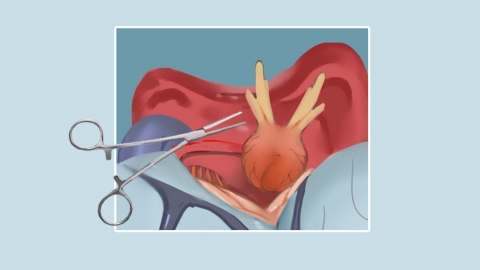What does CTC mean?
Under normal circumstances, in the medical field, CTC refers to circulating tumor cells—tumor cells shed from primary or metastatic tumors that enter the peripheral bloodstream. These cells can serve as an important indicator for tumor diagnosis and treatment monitoring. If concerned, it is recommended to consult a healthcare professional early. Detailed analysis is as follows:

In cancer diagnosis and treatment, CTC detection can assist in assessing disease progression. The presence of CTCs in a patient's peripheral blood often indicates that the tumor is invasive and has metastatic potential. Monitoring CTC levels during treatment, a decrease or disappearance may suggest effective therapy, whereas an increase or persistent presence may indicate poor treatment response or recurrence, necessitating adjustment of the treatment plan.
The clinical value of CTC detection varies across different types of tumors. In solid tumors such as breast cancer, colorectal cancer, and prostate cancer, CTC testing is more widely applied and can complement imaging studies and tumor markers to guide clinical decision-making. In hematologic malignancies, CTC detection is less commonly used; instead, traditional methods like bone marrow aspiration and peripheral blood smear remain the mainstay. The choice of detection method should be based on the specific tumor type.
CTC testing must be conducted at professional medical institutions, and results should be interpreted comprehensively in conjunction with the patient’s clinical condition and other test reports. Abnormal results should not be self-interpreted; instead, a physician should evaluate the findings and determine the appropriate management plan. Cancer patients should follow their doctor’s instructions for regular follow-up tests during treatment to promptly monitor changes in their condition.





